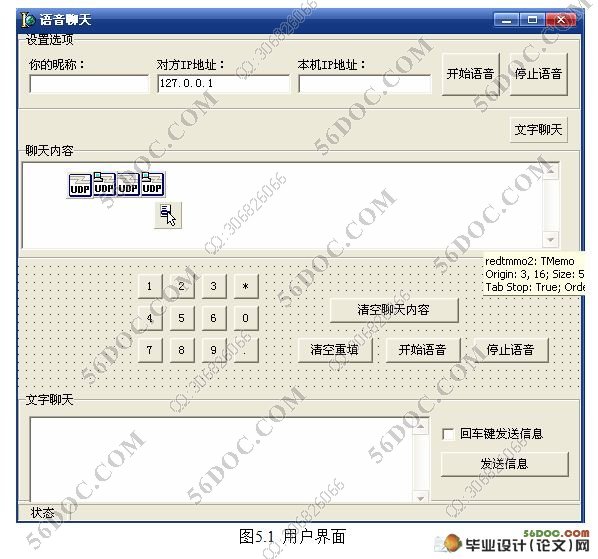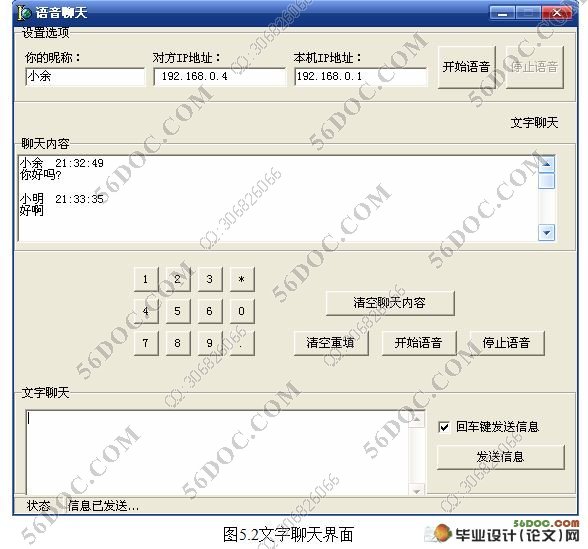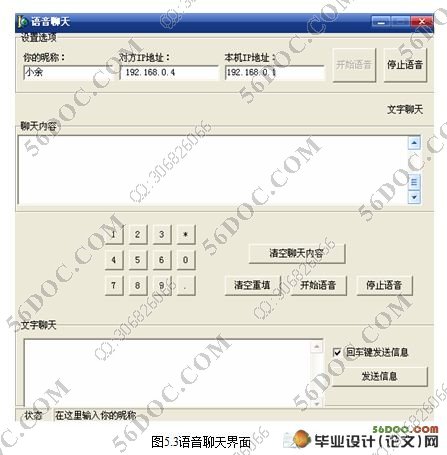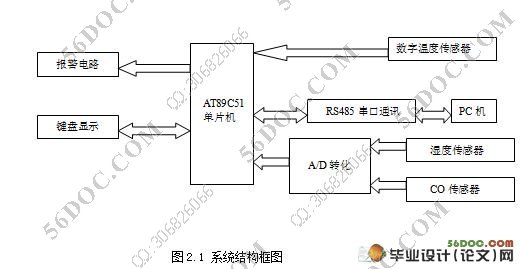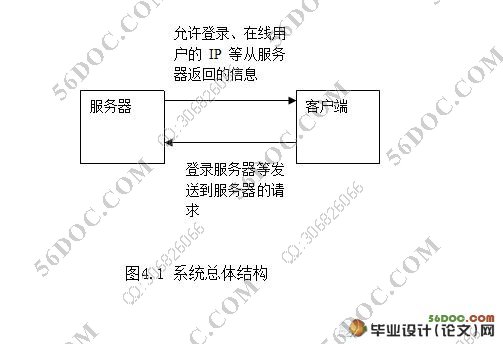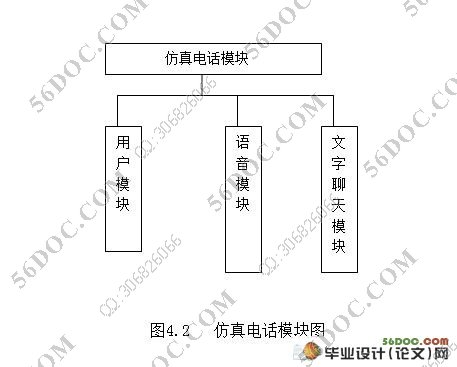网络仿真电话模型的设计(包含任务书,开题报告,外文翻译,毕业论文12500字,程序代码)
摘要: 随着计算机技术和网络技术的发展,以多媒体通信为主体的信息网络已经成为世界关注的热点。语音压缩和实时传输控制技术的不断发展,使得在ip网上传输语音数据变得不再困难,ip 网络电话成功进入电信领域。本论文综述了IP 电话的概念、发展过程和现状,针对传统电话的不及时、不便利,采用了Internet和全球IP互连的环境,提供比传统业务更多、更好的服务。网络电话可以在IP网络上便宜的传送语音、传真、视频、和数据等业务,如统一消息、虚拟电话、虚拟语音、传真邮箱、查号业务、Internet呼叫中心、Internet呼叫管理、电视会议、电子商务、传真存储转发和各种信息的存储转发等。应用语音编码、回声消除、语音抖动处理等技术实现了由IP 网络传送语音的目的。具有能更充分地利用现有的 internet 资源,为用户提供更多、更优质的服务的特点。其中,基于IP网络的语音通讯方式为人们的远距离交流提供了一种价格低廉的途径,结束了传统领域中电流交换方式一统天下的局面。网络电话可以在IP网络上便宜的传送语音、传真、视频、和数据等业务,如统一消息、虚拟电话、虚拟语音、传真邮箱、查号业务、Internet呼叫中心、Internet呼叫管理、电视会议、电子商务、传真存储转发和各种信息的存储转发等。
关键词: 网络IP 网络结构 关键技术 发展趋势 网络方案
Telephone network simulation model design
Abstract: With the computer technology and network technology, multimedia communications as the main information network has become the world's attention. Speech compression and real-time transmission control technology continues to evolve, making the Internet to transmit voice data in the ip is no longer difficult, ip phone successfully entered the telecommunications network. This paper reviews the concept of IP telephony, the development process and the status quo, not in time for the traditional phone is not convenient, the use of the Internet and the global IP interconnection environment and provide more than traditional business, better service. VoIP can be cheaper in the IP network to send voice, fax, video, and data services such as unified messaging, virtual phone, virtual voice, fax, mail, check number service, Internet call centers, Internet call management, video conferencing, electronic Business, fax store and forward, and various information such as store and forward. Application of speech coding, echo cancellation, voice processing technology to achieve jitter from the IP network to transmit voice purposes. Have to make better use of existing internet resources, to provide users with more and better quality of service features. Among them, IP-based voice communications network for people to provide a long-distance exchange of low-cost way to end the current exchange in the traditional areas of dominance. VoIP can be cheaper in the IP network to send voice, fax, video, and data services such as unified messaging, virtual phone, virtual voice, fax, mail, check number service, Internet call centers, Internet call management, video conferencing, electronic Business, fax store and forward, and various information such as store and forward.
Keywords: Network IP Network architecture Network program development Trend of key technologies
总体设计
本系统是基于Delphi和TCP/IP的协议的通信编程。包括语音聊天和文字通信。因为Delphi对WinSock进行了有效的封 装,并不需要直接与WinSock的API打交道,只需要使用其NMUDP、TClientSocket、TserverSocket等构件,使得对 WinSock的访问大大简化。本课题通过利用Delphi的TClientSocket、TserverSocket构件实现了局域网内基于 TCP/IP的通信。应用Delphi可以很容易完成在局域网的系统设计和实现,涉及到图形用户界面设计、TCP/IP协议、UDP数据广播、局域网内文 件传输等技术。本课题展示在Delphi语言中进行UDP数据广播及利用Delphi的TClientSocket、TserverSocket构件实现 局域网内基于TCP/IP通信的一般步骤和方法。
目录
前言……………………………………………………………..1
第一章 IP电话的发展过程,标准及发展现状…………………3
1.1 IP电话的发展过程…………………………………………………………………..3
1.1.1 PC 到 PC…………………………………………………………………………..3
1.1.2 PC 到电话………………………………………………………………………….3
1.1.3电话到电话…………………………………………………………………………4
1.1.4 BS─BS阶段:出现移动IP网络电话…………………………………………...5
1.2 IP电话的标准……………………………………………………………………….5
1.3 IP电话的发展现状………………………………………………………………….7
第二章 网络仿真电话软件实现的原理及技术………………8
2.1 IP电话原理……………………………………………………………………………8
2.2 IP电话的关键技术……………………………………………………………………8
2.2.1 话音编码技术……………………………………………………………………….8
2.2.2 回声消除技术………………………………………………………………………..9
2.2.3 静噪抑制技术……………………………………………………………………….9
2.2.4 话音抖动处理……………………………………………………………………….10
2.2.5 话音优先技术………………………………………………………………………10
2.2.6 IP包分割技术………………………………………………………………………..10
2.2.7 VOIP前向纠错技术………………………………………………………………….10
第三章 TCP/IP协议的基本原理………………………………12
3.1 TCP/IP整体构架概述……………………………………………………..12
3.2 TCP/IP中的协议都具备什么样的功能…………………………………..12
3.2.1 IP网际协议………………………………………………………………12
3.2.2 TCP传输控制协议………………………………………………………13
3.2.3 UDP用户数据报协议……………………………………………………13
第四章 用户模型仿真软件的整体设计……………………….14
4.1 总体设计…………………………………………………………………..14
4.2 功能模块划分……………………………………………………………..15
4.2.1 用户模块…………………………………………………………………15
4.2.2 文字聊天模块……………………………………………………………18
4.2.3 语音模块…………………………………………………………………23
第五章 网络仿真电话软件的功能及界面设计……………….25
5.1 用户界面…………………………………………………………………..25
5.2 文字聊天界面……………………………………………………………..26
5.3 语音通话界面……………………………………………………………..26
第六章 软件测试及调试……………………………………….28
6.1 软件测试概念…………………………………………………………….28
6.2 软件调试………………………………………………………………….28
6.2.1 用户界面模块…………………………………………………………..28
6.2.2 文字聊天模块…………………………………………………………..28
6.2.3 语音聊天模块…………………………………………………………..29
结论……………………………………………………………..29
参考文献…………………………………………………………30
致谢………………………………………………………………31
附录………………………………………………………………32
|

